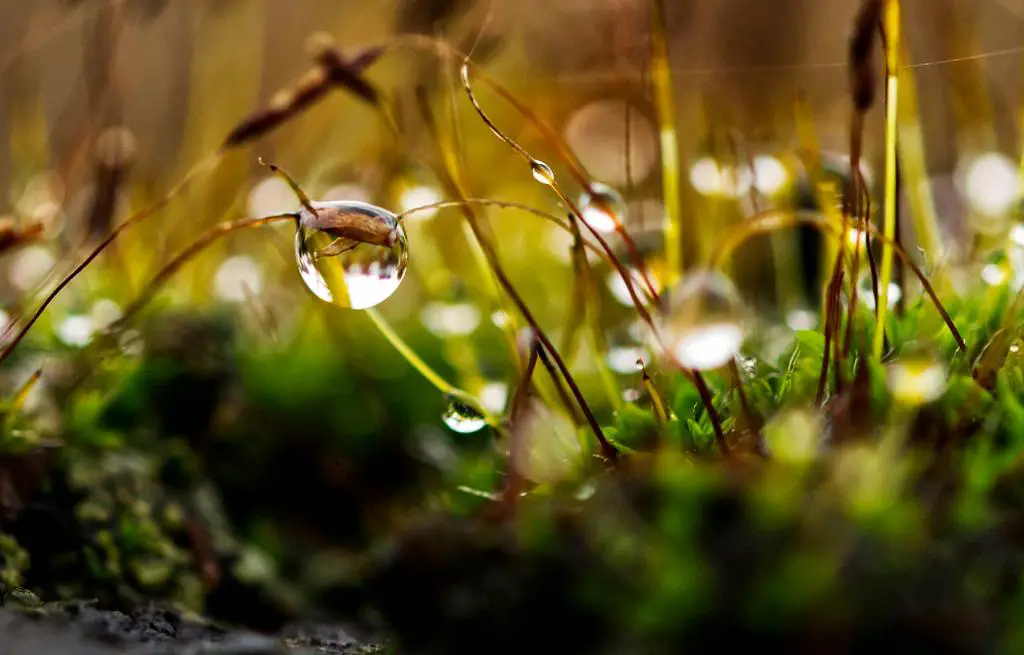Before planting lawn grass, it is imperative to select the appropriate time of year for seeding. Ideally, the best periods for grass seed planting are during the early fall and spring months when temperatures are cooler and there is more moisture in the soil.
Preparing the Site
Prior to seeding, it is essential to prepare the designated area properly. Clear the site of any debris, rocks, or existing vegetation, ensuring a clean slate for the new grass seed to thrive.
Soil Preparation
One of the critical steps in planting lawn grass is preparing the soil. Loosen the soil to a depth of about 4-6 inches to promote root development and proper water penetration, creating an optimal environment for grass seed germination.
Choosing the Best Seed
When it comes to selecting grass seed, consider factors such as your region’s climate, soil type, and sun exposure. Choose a high-quality seed that is well-suited for your specific lawn conditions and desired grass type.
Planting the Seed
After preparing the soil and selecting the right grass seed, evenly distribute the seed over the designated area following the recommended seeding rate. Use a seed spreader for uniform coverage, ensuring all areas receive adequate seed.
Appropriate Watering
Proper watering is essential for successful grass seed germination. Keep the newly seeded area consistently moist but not saturated, watering lightly multiple times a day to encourage seed growth and prevent drying out.
Monitoring Seed Establishment
Regularly monitor the seeded area for signs of germination and growth. Be patient, as germination can take anywhere from 5-30 days depending on the grass variety. Ensure the area remains consistently moist during this crucial period.
Mowing and Maintenance
Once the grass seed has established and reached a height of around 3 inches, it is time to mow it for the first time. Set your mower blades to a higher setting to avoid cutting the grass too short, allowing it to grow stronger and denser.
Protecting the Grass Seed
Protect the newly seeded area from foot traffic, pets, and lawn equipment during the germination and establishment phase. This will prevent damage to the fragile grass seedlings and ensure a healthy lawn growth.
Fertilizing for Growth
Consider fertilizing the newly established lawn grass with a high-quality starter fertilizer to provide essential nutrients for healthy growth. Follow the recommended application rates to avoid oversaturating the soil.
Weeding and Maintenance
Regularly inspect the lawn for weeds and remove them promptly to prevent competition for nutrients and sunlight. Additionally, practice proper lawn maintenance such as regular watering, mowing, and fertilizing to keep your grass healthy and vibrant.
Enjoying Your Lush Lawn
With proper care and maintenance, your newly planted lawn grass will flourish and transform into a lush, inviting green carpet. Sit back, relax, and enjoy the beauty of your vibrant lawn for years to come.

